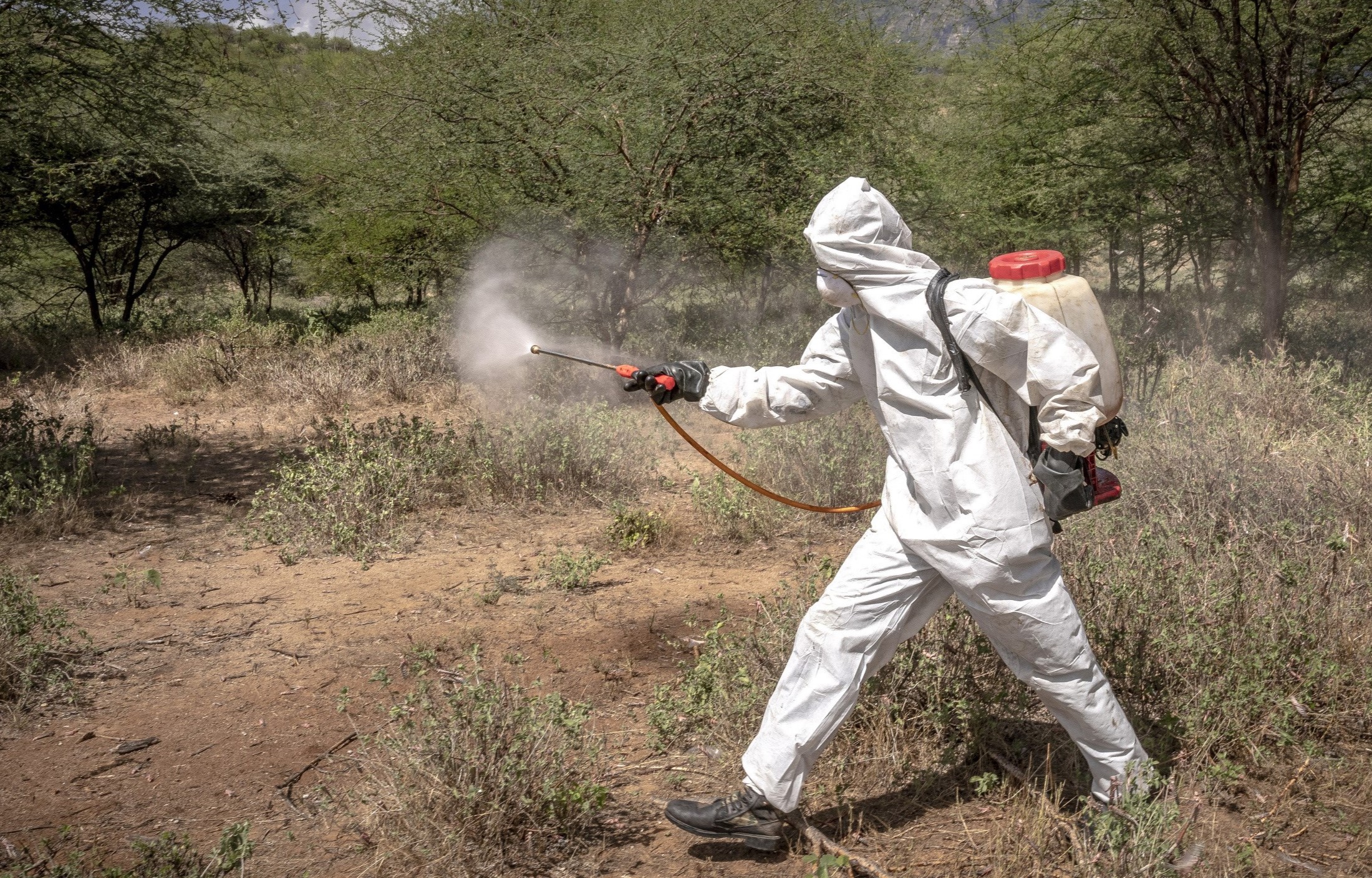What are Highly Hazardous Pesticides (HHPs)?
 Pesticides aim to protect crop by inhibiting or killing pests. Some of the chemicals used for this purpose can be very harmful to human health as well as the environment, be it because of their acute toxicity or because they are very persistent. These pesticides are sub-summed as Highly Hazardous Pesticides (HHPs). It is estimated that most pesticide poisoning cases with lethal outcome, particularly in low and middle-income countries, are linked to HHPs.
Pesticides aim to protect crop by inhibiting or killing pests. Some of the chemicals used for this purpose can be very harmful to human health as well as the environment, be it because of their acute toxicity or because they are very persistent. These pesticides are sub-summed as Highly Hazardous Pesticides (HHPs). It is estimated that most pesticide poisoning cases with lethal outcome, particularly in low and middle-income countries, are linked to HHPs.
According to the FAO/WHO International Code of Conduct on Pesticide Management, HHPs are defined as "Pesticides that are acknowledged to present particularly high levels of acute or chronic hazards to health or the environment according to internationally accepted classification systems such as WHO or GHS or in addition, pesticides that appear to cause severe or irreversible harm to health or the environment under conditions of use in a country may be considered to be and treated as highly hazardous."
The Guidelines on Highly Hazardous Pesticides recommends a three-step management of HHPs for countries:
- Identification of HHPs: For this purpose, eight criteria were developed for countries to decide which products are classified as highly hazardous. Any pesticide meeting one or more of these criteria is considered to be an HHP. The FAO Pesticide Registration Toolkit provides a spreadsheet tool that can be used to document the HHP identification process.
- Assessment of risks and needs: This helps to evaluate the benefits of those products against risks posed by the same products in terms of human health and the environment in order to decide if the risks are acceptable or not and if the products are really needed considering alternative options.
- Mitigation of risks: For each HHP, less dangerous alternatives should be identified.
